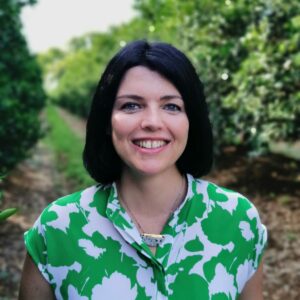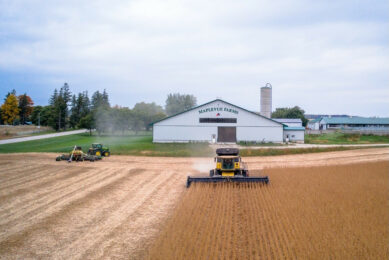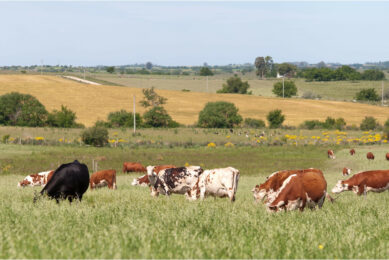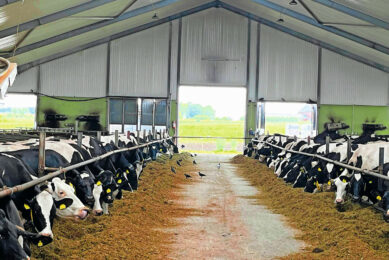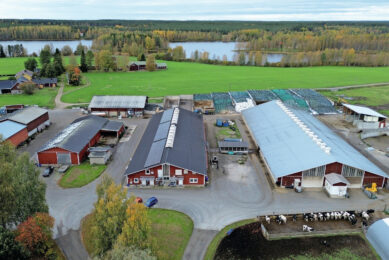Quality beats quantity for this South African dairy
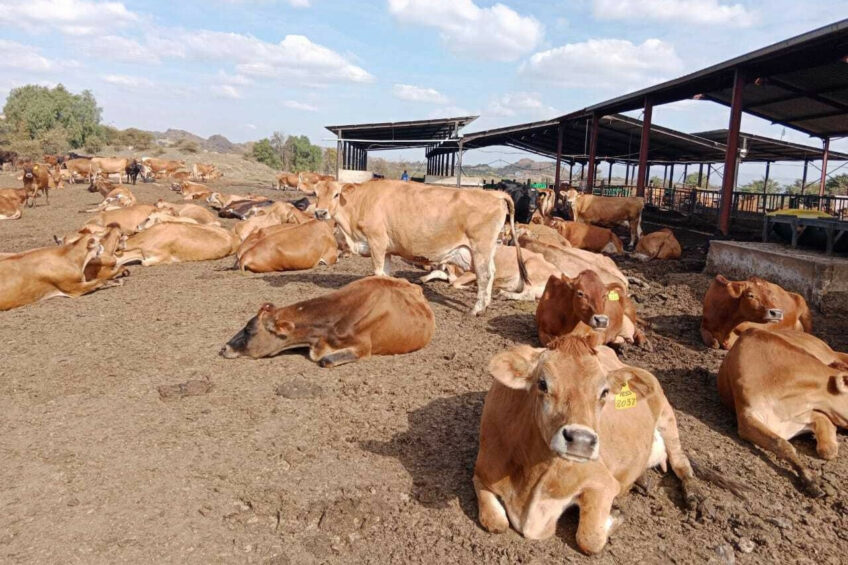
A business born out of necessity, Dirla Homestead Dairy has successfully made the transition from a small-scale producer to a large-scale entity with 600 cows. Focusing on genetics to improve longevity and quality is key to their success.
Dirk Venter grew up alongside cows. There was always at least one in the backyard to provide the family with their daily milk while he was growing up, and later, as the herd expanded to produce milk for the market, he knew that it was in the dairy parlour where he wanted to pursue a career.
“If you grow up on a dairy farm, your lifestyle is already aligned to the rhythm of the business,” smiles Dirk. And although dairy farmers know all about early mornings and a 7-day work week, the marketing channel chosen by the Venters means that weekends are the busiest.
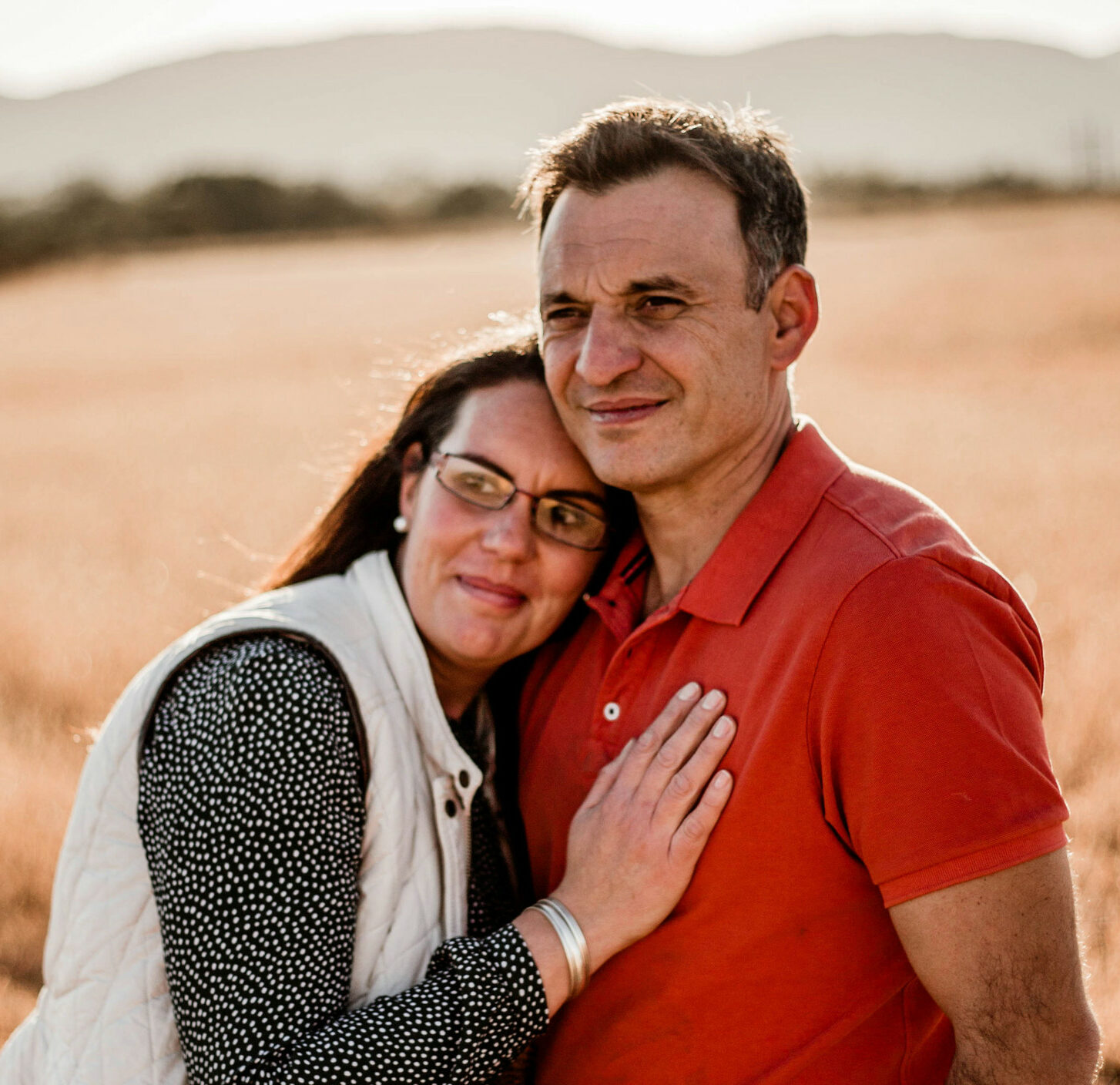
The family farm in Brits, just 50 km northwest from the city of Pretoria, is closer to the market than most other dairy farms in the country. This proximity also means that the Venters have easier access to a budding consumer segment: those wanting high-quality, preservative-free dairy products. This is where Dirk’s wife, Lara, has made her mark, producing cheese, yogurt and kefir. The products are sold at food markets over weekends, supplied to restaurants, and home deliveries are done weekly.
The decision to go straight to market was borne out of a need to balance the size of the business with economics. With 200 cows in milk, the farm is smaller than most commercial dairies in the country, although just as beholden to set milk prices. “There is a lot of pressure due to low milk prices, and we can’t compete with the larger dairies. So we decided on a different route. Lara did a cheese and yogurt course and now we utilise the majority of our milk, either processing it into dairy products, or selling it as fresh milk,” Dirk explains.
The right genetics
Rapid advancements in genetics have been a key focus point for Dirk to maximise production. Among the most important traits he seeks are longevity and low somatic cell counts.
When Dirk took over the family dairy after completing his tertiary education, the herd consisted of mostly Holsteins. As he sought to increase the herd, he bought cows from dairy operations that closed down in the area, diversifying his genetic pool further. Some 10 years ago he decided to focus on one breed, close the herd and make use of artificial insemination using imported semen.
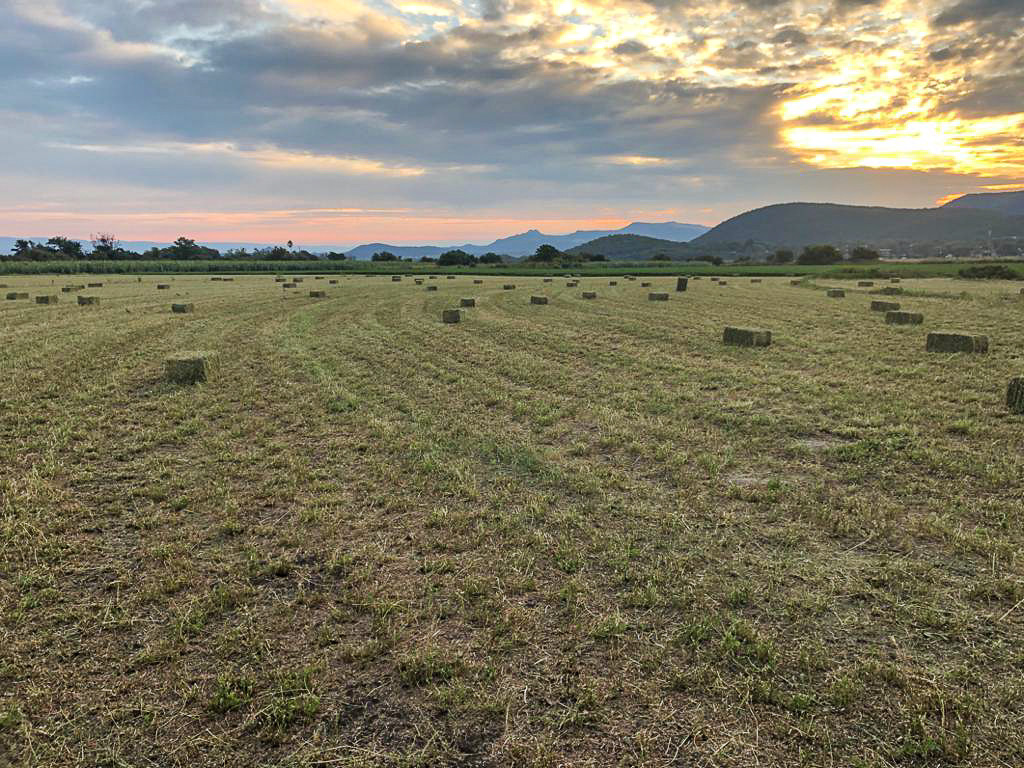
“Ticks are a big problem in this area, causing diseases like Heartwater. It’s also a warmer climate than most other dairy areas in the country. Bringing in cows from outside herds is not overly successful as they don’t always adapt to the conditions here. With a closed herd, I solve the adaptability problem, but also ensure a far greater leap forward in genetics,” Dirk explains.
Dirla’s herd today consists of 600 Danish Jerseys. Through the focused genetic selection programme, his herd averages a somatic cell count of 261,000.
While the cows calve year-round, Dirk avoids calving during the hot summer months when temperatures can reach up to 40°C, and conception rates are reduced. His cows produce, on average, 17.5 litres per day, increasing to around 18 litres in cooler months. Dirk notes that the cows are not pushed to increase production, since longevity is of greater concern.
“Having longevity is a big advantage. The cost of rearing a heifer is high and only after the second lactation do they start earning money for the dairy. So it’s important to have cows with strong, healthy udders. Anything that reduces issues like mastitis results in better longevity,” says Dirk.
Dirla averages just below 4 lactations across the herd. Dirk’s aim is to reach 8.
From feed to cheese
Dirla has a total mixed ration feed system in place, with most of the green feed produced on the farm. A feed nutritionist compiles the dry feed mix based on the herds’ requirements, including soya bean oil cake, maize, brewers grain and molasses in the mix.
In summer, lucerne is cut from Dirk’s fields twice a day and fed as a green chop. In winter, rye takes lucerne’s place. Each cow receives, on average, 30 kg of green chop per day. The Venters are staunch advocates for the green chop system. “There are so many nutrients that are lost during the drying process,” says Lara. “Digestibility increases through green feed, and beta-carotene levels are higher. The quality of the products we make from the milk then also increases. If I can see such a massive difference in the quality of the products I make, there must be an advantage to the cows.”
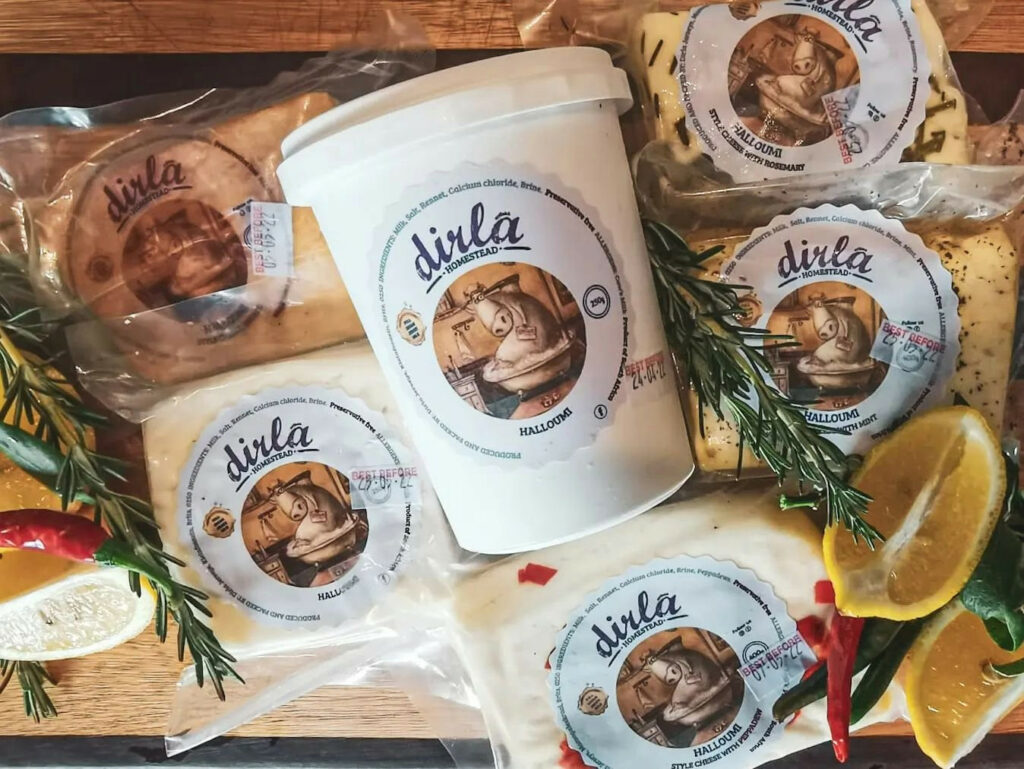
The milk is pasteurised but not homogenised before being sold. Lara notes that their process has remained conservative, with the aim to provide as natural a product as possible to health-conscious consumers. With allergies being a big concern among consumers, Lara says that many specially ask for Jersey milk, since it contains the A2 casein, rather than the A1 casein carried by Friesland cows, and which are prone to causing milk intolerances.
The Venters service a small percentage of the market, but are holding their own among far larger companies, regularly securing top spots at the South African Dairy Championships. While Lara quips that going an artisanal route is a long, slow journey – not a get-rich-quick scheme – the business has a steady growth trajectory. “We don’t have much room to expand our herd, but there is a lot of room to improve production. Through a continued focus on genetics, we know the dairy will still be there for the next generation to take over.”


